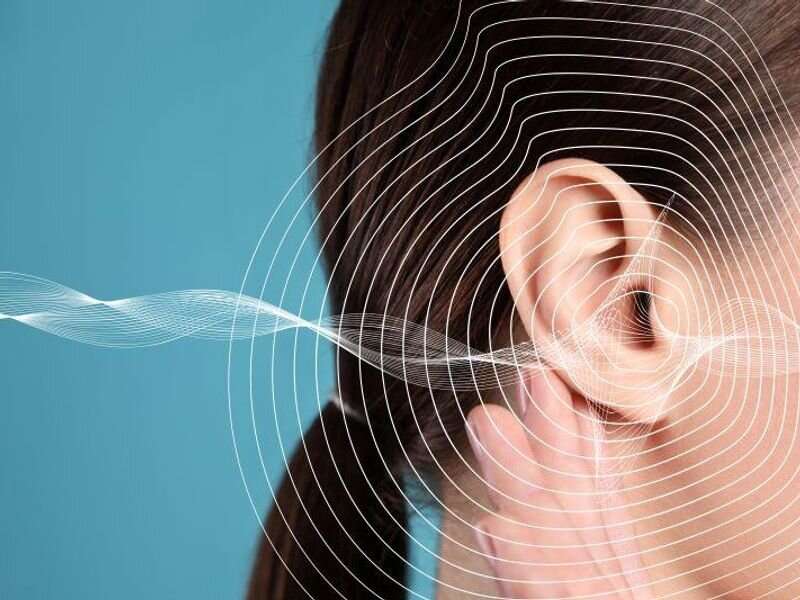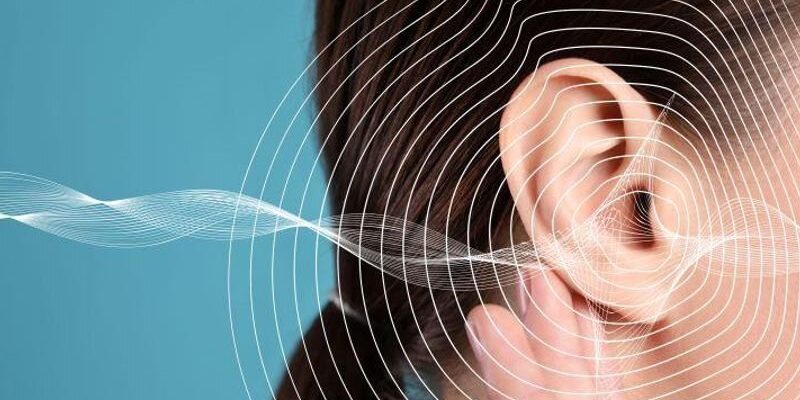
For patients with unilateral Meniere disease (MD), magnetic resonance imaging (MRI) of the inner ear after intratympanic gadolinium (Gd) is advantageous for detecting endolymphatic hydrops (ELH), according to a study published online March 13 in Frontiers in Neuroscience.
Yangming Leng, from the Huazhong University of Science and Technology in Wuhan, lotemax drops pregnancy China, and colleagues examined the concordance of audio-vestibular and radiological findings in 70 patients with unilateral MD. Following intratympanic application of Gd, participants underwent three-dimensional fluid-attenuated inversion recovery sequences. The association between imaging signs of ELH and audio-vestibular results was examined.
The researchers observed a higher incidence of radiological ELH than that of neurotological results, including the glycerol test, caloric test, vestibular evoked myogenic potentials, and video head impulse test. There was poor or slight agreement between audio-vestibular findings and radiological ELH in cochlear and/or vestibular. In the affected side, the pure tone average correlated significantly with the extent of both cochlear and vestibular hydrops. In the affected side, the degree of vestibular hydrops also correlated positively with course duration and glycerol test results.
“In the affected ears of patients with unilateral MD, the incidence of ELH demonstrated by inner ear MRI was higher than that of pathological findings (or positive results) in audio-vestibular tests except for the pure tone audiometry, indicating that MRI of the inner ear with Gd enhancement was more sensitive in detecting ELH compared with neurotological evaluations,” the authors write.
More information:
Yangming Leng et al, Comparison between audio-vestibular findings and contrast-enhanced MRI of inner ear in patients with unilateral Ménière’s disease, Frontiers in Neuroscience (2023). DOI: 10.3389/fnins.2023.1128942
Journal information:
Frontiers in Neuroscience
Source: Read Full Article
